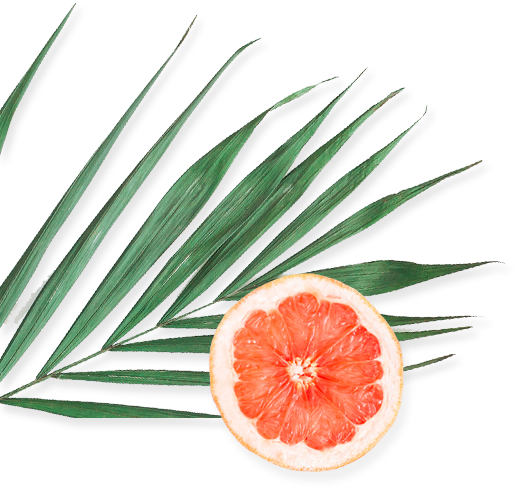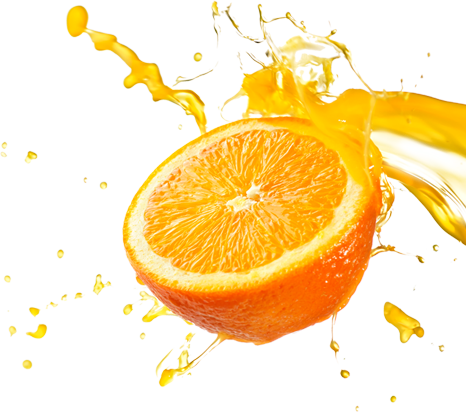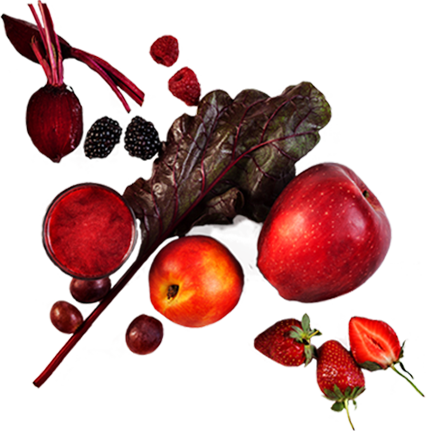
Ready to drink - cocktails and mixed drinks: Ready enjoyment for every occasion

Featured Posts
Categories
Interested in more? Subscribe to our blog.
Ready to drink beverages stir up the alcoholic beverage market: they score with an almost infinite range of flavours and don´t have to be prepared from individual components. Whether bottled mojito, bellini or craft beer with lemonade or juice - what awaits us with ready to drink beverages and why the market for finished drinks will grow in the future.
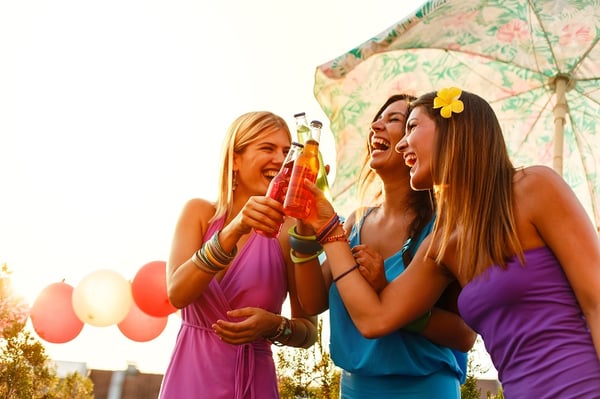
Ready to drink cocktails and mixed drinks have many benefits: You can consume them anytime and anywhere without having to prepare them yourself. Whether at home, on the beach, at a party with friends or on a romantic walk for two - a Ready to drink beverage surprises with original flavours and creates the right mood for every event.
RTD drinks are the rising stars among the Alcoholic Beverage Trends 2022: The Corona crisis with the lockdowns but also the movement towards reduced-alcohol drinks has given mixed drinks for home and the mixology trend a boost in recent years - and should continue the next ones.
Experts predict that the market will grow by an average of 3.44 percent a year and has a volume of around USD 17 billion by 2025. The global market for finished alcoholic beverages is divided into Alcopops, cocktail premixes and bottle cocktails. The Alcopop segment gained significant market share in the global market for ready-to-drink alcoholic beverages in 2018, which is unlikely to change in the 2019-2025 forecast period. The Alcopop segment is further divided into rum, whiskey, vodka and others, and the experts appreciate that vodka will remain dominant during the forecast period. For cocktails in bottles, the highest growth rate of 3.54 percent is expected in the forecast period.
Source: https://www.marketresearchfuture.com/reports/rtd-alcoholic-beverages-market-7920
Since the market for ready to drink beverages is relatively manageable compared to others such as beer or wine, manufacturers can react more flexibly to new trends such as low alcohol or calorie reduction. In times when one of five people e.g. in the U.S. are reducing their alcohol consumption, the Ready to drink segment was the only one to see growth in 2019 compared to the previous year.. Different surveys by Mintel show that the relationship between male and female consumers is fairly balanced
Source: Executive Summary RTD Alcoholic Beverages, US, Mintel, November 2019
The trend has continued to rise: Likewise, sales of gin and RTD drinks in general have also developed strongly even after the first Corona year in 2021: gin was the main engine for the growth of the category in 2016-19, although in absolute terms the largest share went to vodka omitted. People were looking for ready-made versions of mixed drinks and cocktails that are typically sipped out of the home while food service venues were closed. However, RTD sales growth was weaker in 2021 than in 2020, which is attributed to the poor spring and summer weather this season.
Source: White Spirits and RTDs, UK, 2022, Mintel
Ready-to-drink beverages have a lot to offer – for example, they can be mixed beer, cocktails, hard seltzer or soft drinks are sold over the counter - and it is precisely this versatility of the colorful creations that consumers appreciate the most. According to Mintel, US consumers choose Ready to drink beverages for the following reasons:
• 46 percent because they are ready to drink and don´t need any preparation
• 43 percent because they are comfortable
• 41 percent because they offer a wide range of flavours
• 38 percent because they are available for different types of drinks
• 37 percent because you can easily take them anywhere.
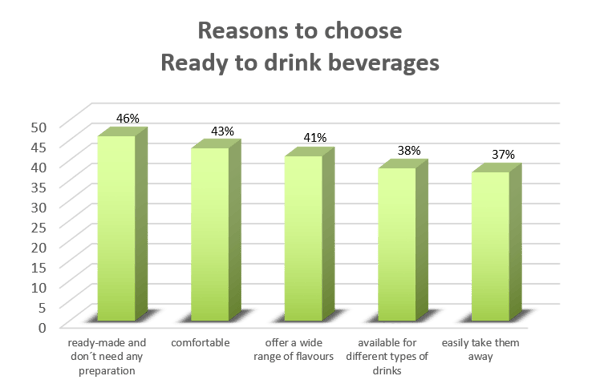
Taste is the key to Ready to drink beverages
More than all other alcoholic beverages, Ready to drink drinks have a reputation for tasting good - and because of their taste, they are also popular for drinking. Alcohol in combination with soft drink mixers such as ginger ale, bitter lemon, tonic, syrups or fruit juices enables product developers always to find new taste combinations taking current trends into account and to match them with the needs of consumers.
The colourful ready to drink beverages can thus perfectly satisfy the desire that is widespread in the adventure society for new and exciting taste experiences: According to Nielsen, consumers expect more than ever that products are particularly rich in flavours today. 42 percent of consumers worldwide say they enjoy trying new tastes.
Source:
https://www.ift.org/news-and-publications/food-technology-magazine/issues/2019/december/features/2020-flavor-forecast
The colourful ready to drink creations are just the right thing: 40 percent of US consumers over the age of 22 generally drink ready to drink products, 64 percent like them because of their favourite taste, 42 percent because they like to try new tastes, 39 percent prefer one certain types of alcohol and 38 percent buy in the supermarket for special offers. 36 percent prefer Ready to drink because of their low price and 31 percent prefer to buy because of a well-known brand.
Also exciting are the occasions when consumers prefer to grab the practical ready to drink beverages: 54 percent want to drink the mixed drinks easily at any time, 50 percent together with others, 49 percent at home, 43 percent at an outdoor event, 42 percent in summer and 24 percent simply to enjoy.
Source: RTD Alcoholic Beverages, US, Mintel, December 2018
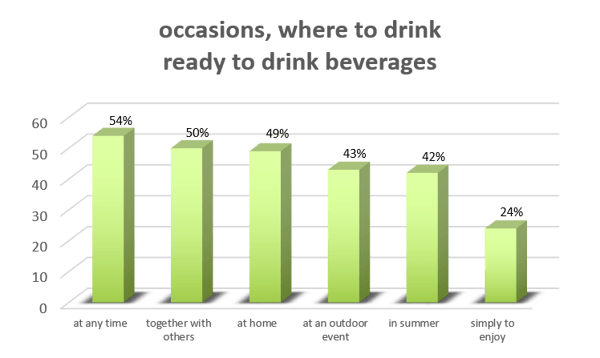
Flavour trends at ready-to-drink beverages
Which products are particularly popular? Malt drinks with different flavours – e.g. craft beer with added ingredients - are the most popular ready-to-drink products with 21 percent according to a US survey. Immediately afterwards, 18 percent prefer pre-mixed cocktails, 17 percent wine-based drinks and 14 percent alcoholic soda drinks. Eleven percent are fans of alcoholic teas and seven percent of alcoholic seltzers.
Mintel sees an increased interest among ready-to-drink and sparkling wines by women, while creations with ultra low gin with less than 0.5 percent alcohol volume and with lively tastes such as grapefruit or lime would especially attract those who want to consciously reduce alcohol consumption. In China, 51 percent of alcohol consumers see botanicals in particular as ideal ingredients for ready to drink beverages, as they would also help to raise the image of the products and their quality.
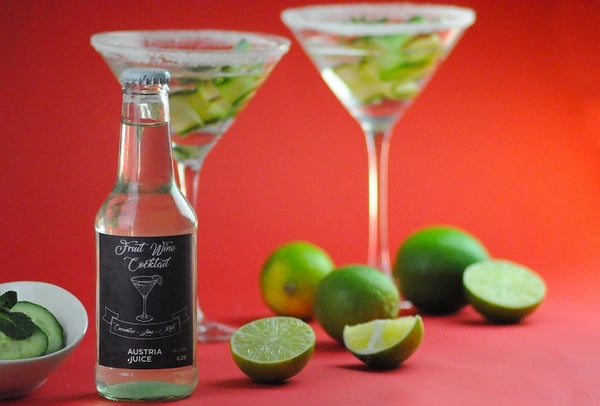
Martin Pasco, global food and beverage analyst, highlights three areas of opportunity for innovation in RTD, wine and spirits:
- Mood and lifestyle benefits
Consumers appreciate time out from the fears/stress of the pandemic, at the same time more and more people will notice how much the disposable income is depressed by inflation and therefore consumers will save on the consumption of spirits and wines, among other things. Brands should prove their worth by promising emotional benefits, such as upscale mood or lifestyle.
- Storytelling for sustainability
There is enormous potential to tell compelling stories related to the sustainability factor of the drink - from labelling to more eco-friendly packaging until the usage of upcycling ideas for the packaging.
- Reactivate younger consumers with legal alcohol
Younger alcohol consumers are keen on drinking spirits and wine in moderation – they are drawn to low-alcohol beverages that promise tasty flavours and are in turn supported by “healthier” cues like low sugar, carbohydrates and alcohol. This generation of tomorrow must be actively involved!
Source: "A Year of Innovation in RTD, Wine & Spirits, 2022", Mikolaj Kaczorowski, Mintel
Speaking of innovative tastes - would you like a suggestion for trendy tastes at this point? Examples of successful launches include the following:
• Wine spritz with raspberries, blackberries and strawberries
• Sparkling fruit wine with a cherry flavour
• Grapefruit frizzante made from rosé wine
Sounds fresh and tempting, doesn't it?
Frosés are also on the rise, especially for summer: this is an alcoholic drink made from frozen rosé with lemon juice and sugar, which is mixed with other flavours in a slushie style. Visually, Frosés of course have something quite special: their cool look in pink colours predestines them in the summer months as the perfect photo model for social media channels!
Source: "Flavor Focus: Alcoholic Beverages", Regina Haydon, Mintel, May 2018
As in many other beverage segments, manufacturers of ready-to-drink beverages can now additionally score with their prospects if they add ingredients that promote health to their products.
Source: https://www.theiwsr.com/news-and-comment-radius-trend-rtd-evolution/
Sustainability has also become a major issue: For example, in the USA 32 percent of consumers are actively looking for sustainably produced spirits and 65 percent of Canadians say the impact of food and drink on the environment also influences their purchasing decisions.
Source: "A Year of Innovation in RTD, Wine & Spirits, 2022", Mikolaj Kaczorowski, Mintel
CONCLUSION:
The global market for ready-to-drink alcoholic beverages is expected to grow to $ 17 billion by 2025. Since the segment is relatively small, manufacturers can react flexibly to new trends - and always offer consumers new taste experiences. This is worth it, because at 46 percent, almost half of consumers estimate ready drinks because they are comfortable, and 41 percent because of their great variety of flavours. The popularity among alcohol-drinking consumers is great: In the USA, 40 percent use the practical and ready to drink beverages!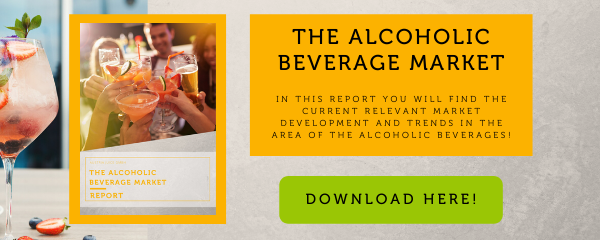

Julia WurzerAuthor
Marketing Manager

